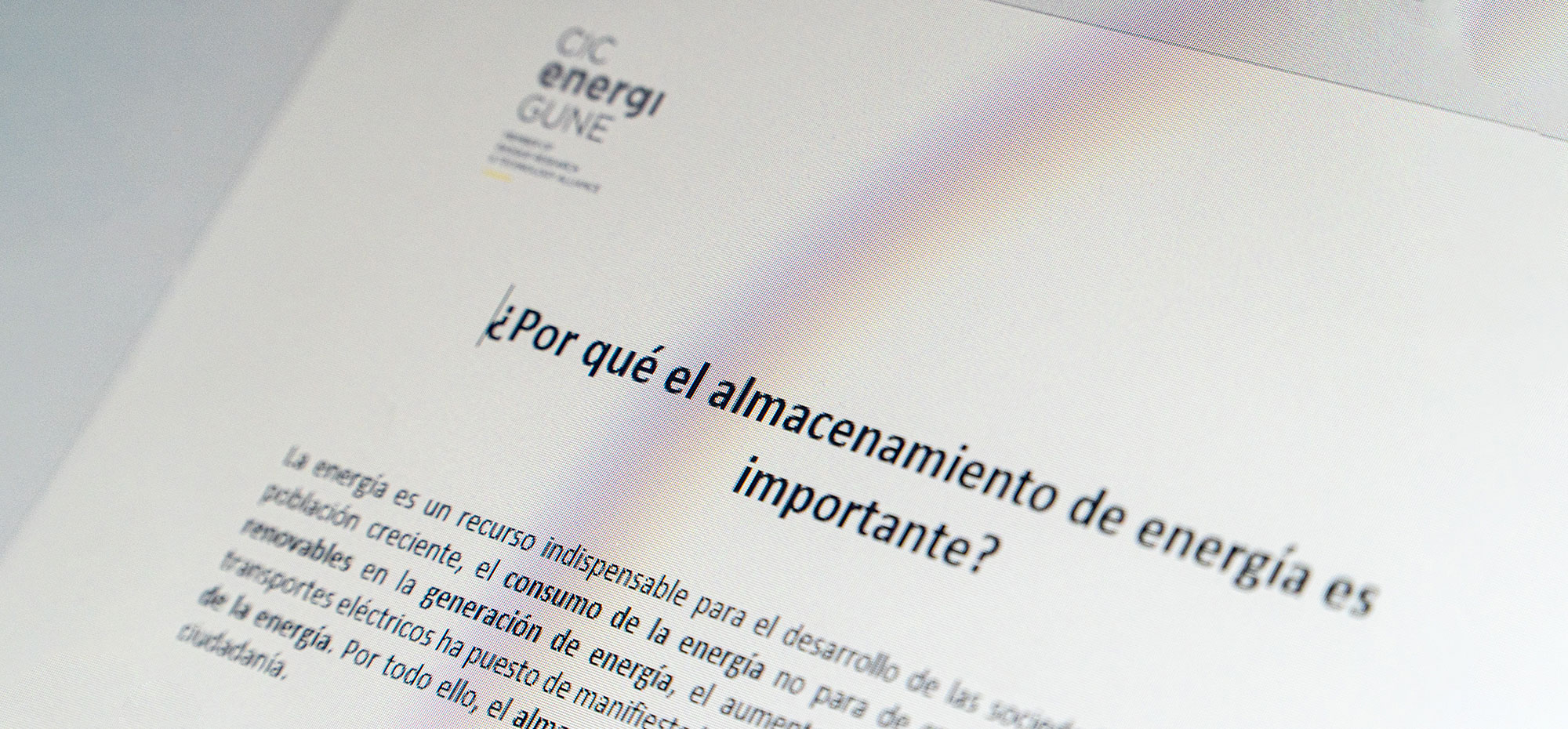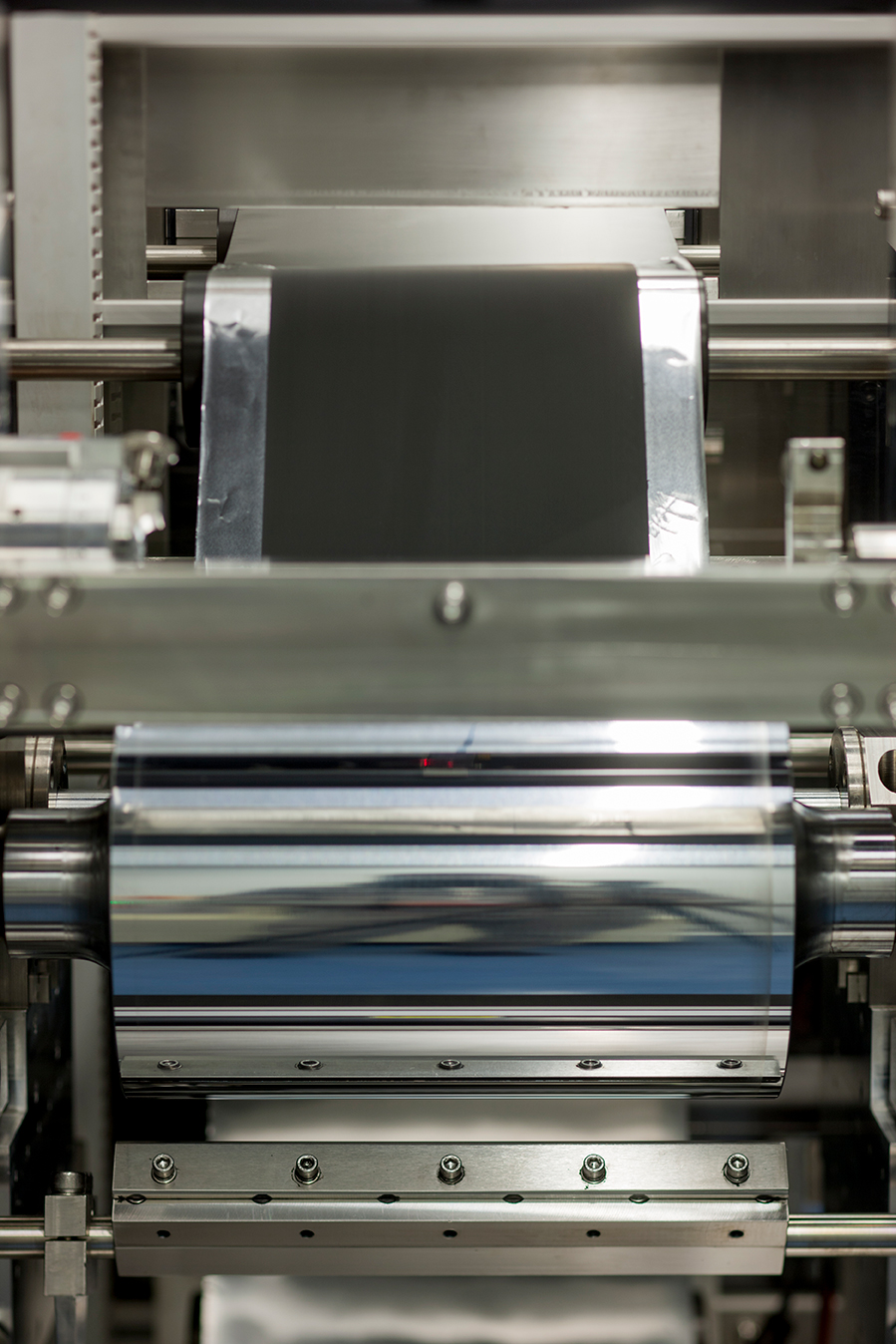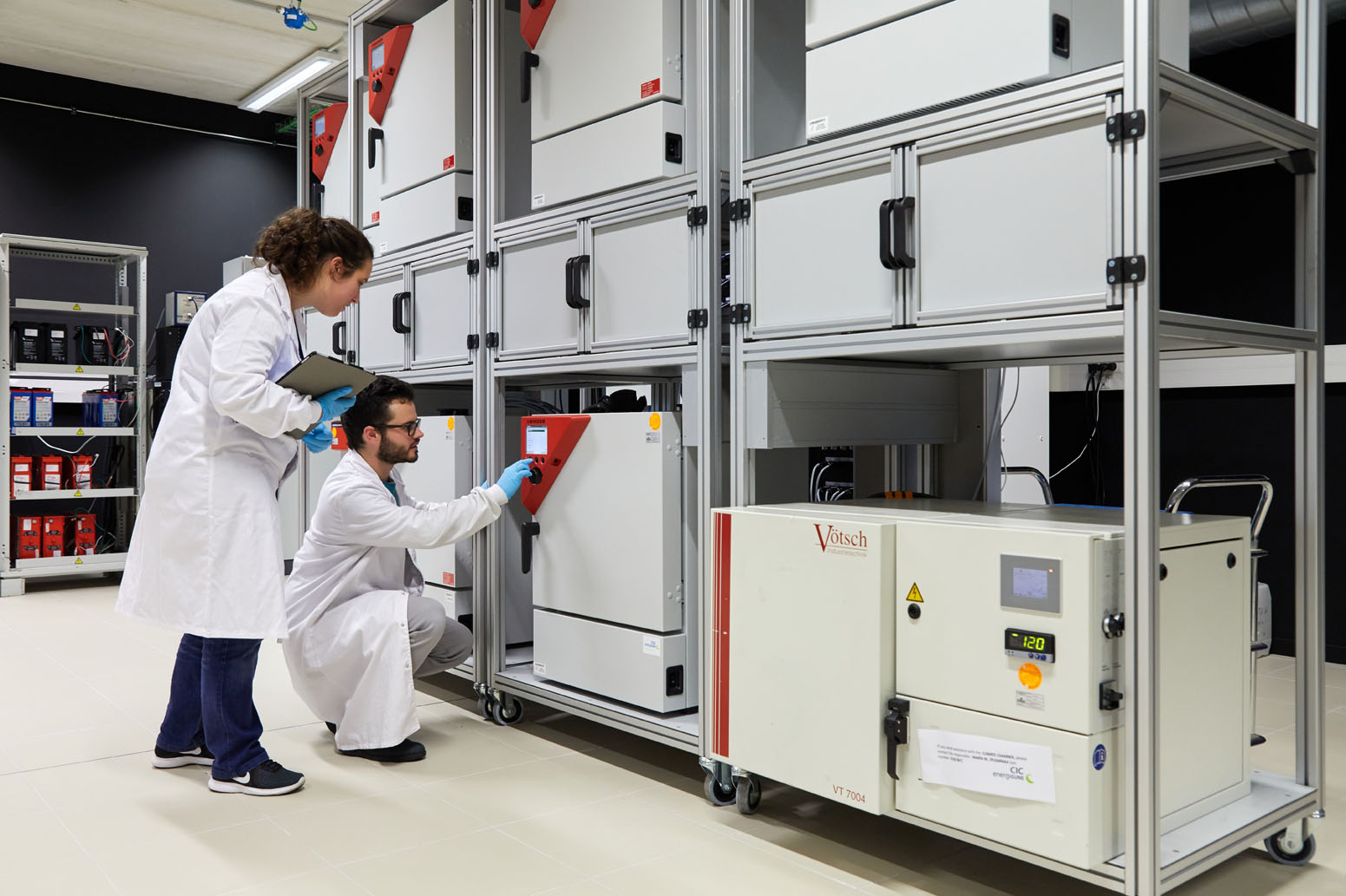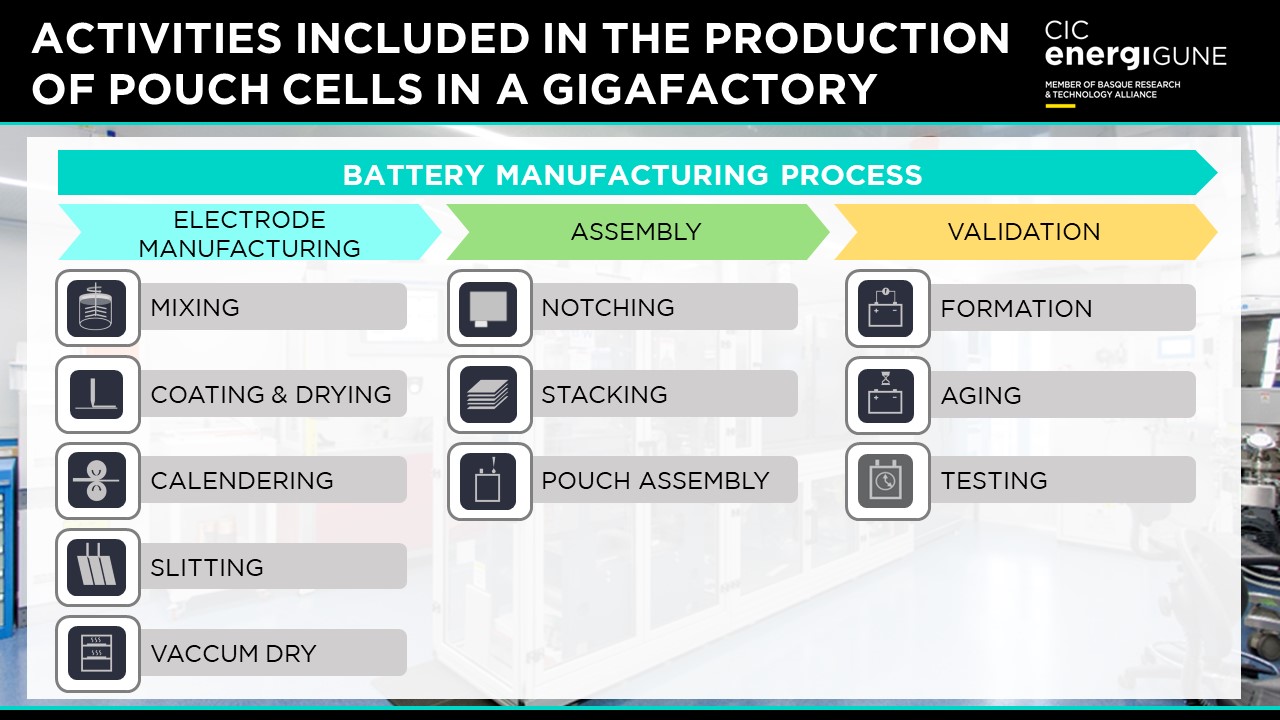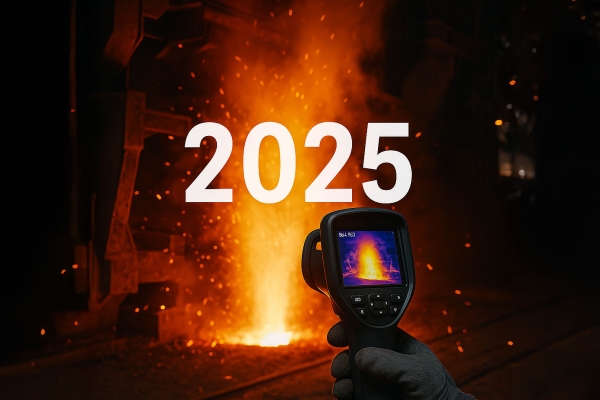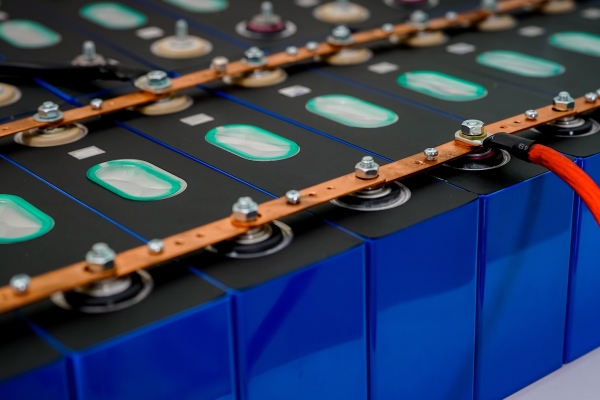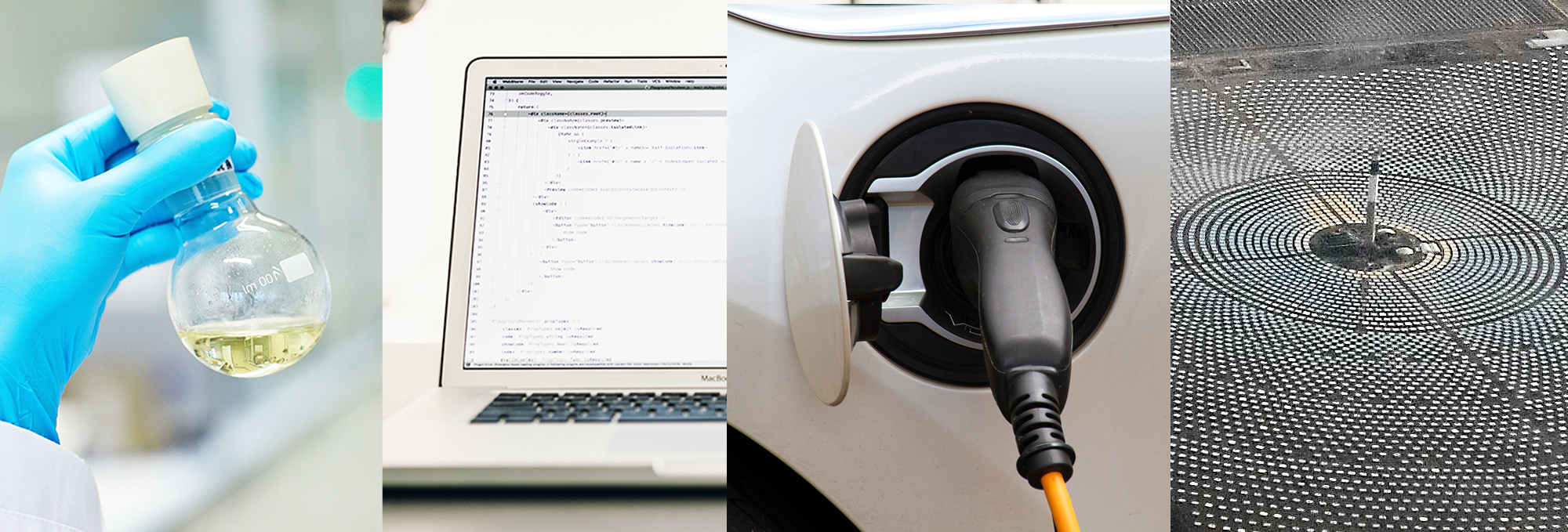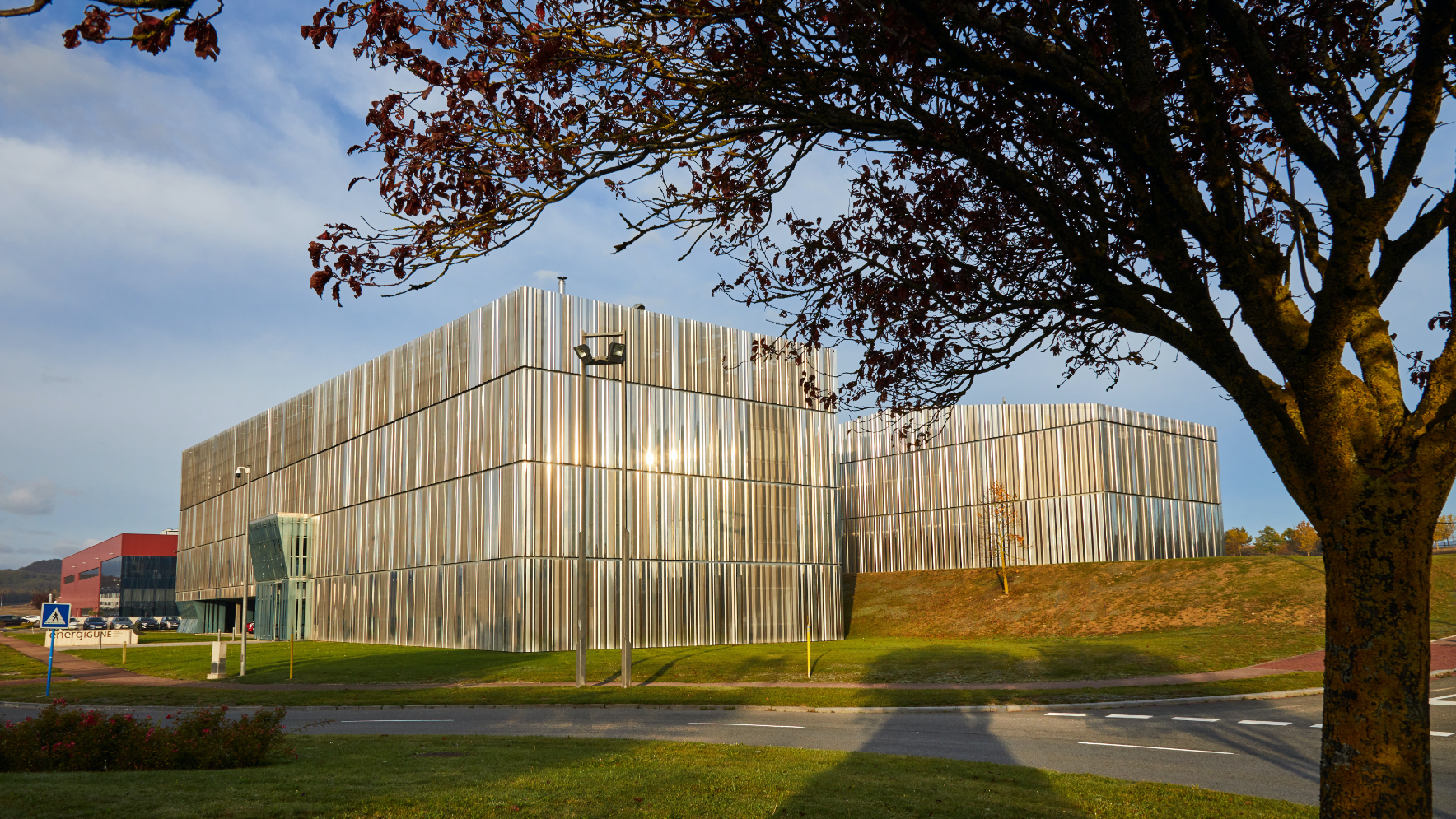The production process of a Gigafactory is characterized by its complexity and high technical elements. In addition to this, high production volumes generally associated with economies of scale, and the large dimensions that these factories have also present a challenge. Therefore, we are talking about highly digitalized and automated procedures that seek to combine, in a unique process, different routes and complex sub-processes. The manufacture of batteries depends, precisely, on the development of these.
On this basis, and in order to simplify, we could generally divide the battery manufacturing process generally into three major phases or "blocks" of activities, which result in the production of the required storage devices.
THE THREE MAIN PHASES OF THE BATTERY PRODUCTION PROCESS
As detailed below, the 3 main phases are (i) electrode manufacturing, (ii) cell assembly and (iii) training, aging and test that validates the right performance of the assembled battery cells.
1. ELECTRODE MANUFACTURING
Whatever the format (pouch, cylindrical or prismatic), the first step when manufacturing a battery is the production of the two covered layers known as electrodes. At this stage, it is vital to avoid contamination between materials, which is why Gigafactories have two identical and separated production lines: one for the anode and the other for the cathode.
Generally, the anode is made of a copper foil coated with graphite, while the cathode is composed of an aluminum foil coated with the chosen chemistry (NMC, NCA, etc.), as we have already analyzed in a previous article.
In total, within this block, we find 4 large activities that determine the production of the electrodes:
1.1. Mixing
In the electrode production process, the first step is to produce a mix known as "slurry", which has a significant impact on the battery´s final performance. This procedure is key for the subsequent bonding of the active material to the current collector, that will then transfer the electrochemical energy through the cell tabs.
The slurry is a mixture of powders (mainly active material) combined with a solvent (liquid) and a binder.
There are two types of equipment to produce the slurry: batch production equipment, usually planetary mixers, or continuous production equipment, which combine the basic dosing operations along the mixing chamber by means of automated gravimetric feeding systems.
1.2. Coating & Drying
Once the slurry is produced, it is pumped through a piping system to the coating area, where the mix is printed on a metal foil that is unrolled to the coating head. There, the slurry is deposited, and the coated foil continues its process through a drying oven where the solvent evaporates leaving the active material attached to the foil and evenly distributed. Gradual drying is key to obtain a good quality electrode, which requires ovens that can be as long as 80m.
The coating, which is applied on both sides of the foil, can be intermittent or continuous depending on the cell size and format to be produced. In general, the width of the printed strips on the roll limits the dimensions of the cell and therefore, it directly affects the production capacity of the line.

